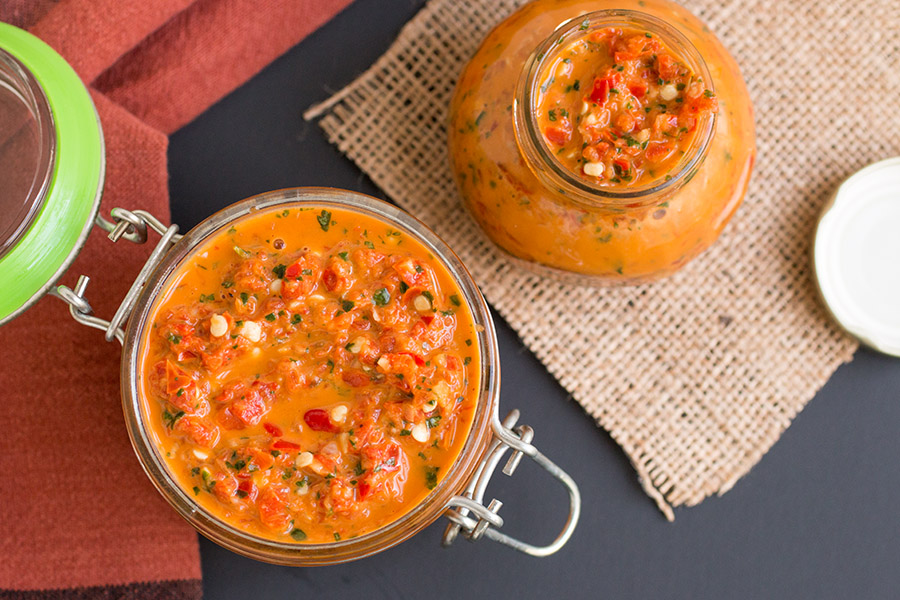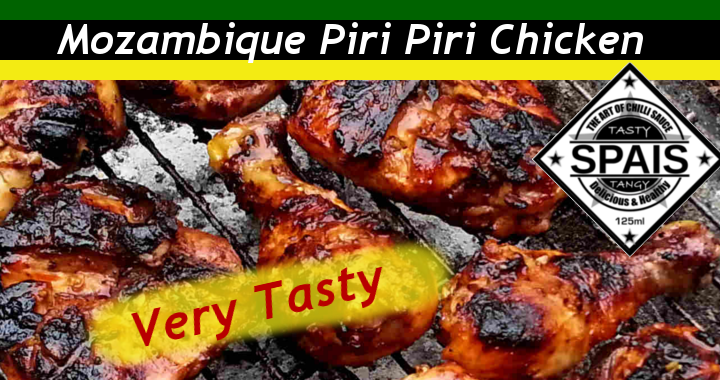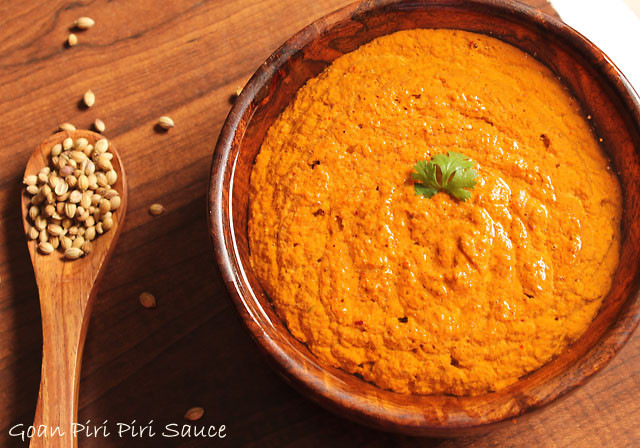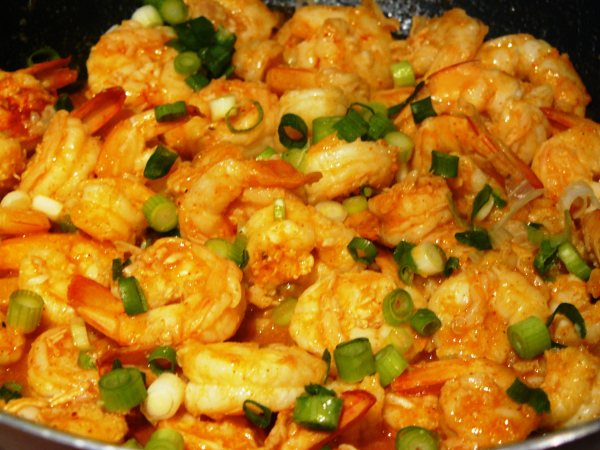Aren’t we all smitten by the Piri Piri these days? We put Piri Piri in everything imaginable these days – french fries, burgers, curries, salads, chicken, subs, sandwiches, everything. Besides have an interesting name, Piri Piri also has a great taste, and spicy food lovers are a die hard fans of this chilli all over the world.

The piri piri is native to southeastern Africa. The Portuguese spread took it with them and spread it to Gujarat (especially in their territories at Daman and Diu) and Goa.
Piri piri actually means ‘pepper pepper’ in Swahili language. While the Democratic Republic of Congo calls it Pili Pili, Malawi calls it as peri peri. The piri piri spelling is actually of Portuguese origin as given by the Portuguese speaking Mozambican community.
Piri piri descended from the South American cultivars, and has been growing wild in the African continent for ages and ages. Its cultivation is quite a labour intensive process, and today, it is commonly commercially cultivated in Malawi, Zambia, South Africa, Ghana, Nigeria, Zimbabwe and Mozambique.

The piri piri sauce has been invented by the Portuguese but is also prevalent in Angola, Namibia, Mozambique, South Africa etc since parts of these regions had been Portuguese territories in the past. Commonly, the piri piri sauce is made using crushed piri piri chillies, citrus peel, onion, pepper, garlic, salt, lemon juice, bay leaves, paprika, pimiento, basil, oregano and tarragon. The basic recipe varies by local preferences from region to region, but the ingredients like piri piri chilli, lemon, oil and red bell peppers mostly remains a constant.

In Goa, India, piri piri is locally called Lavngi mirsang or tarvoti mirsang, or jalgi mirsang, portugali, put-quepari, pimenta moida, or piment malaget. Goa is also known for its seafood. One must also note that piri piri is starkly different from Cafreal. Galinha or chicken cafreal was introduced in a reputed hotel by a Mosiadad chef in Goa a few years before the liberation. He would accompany African soldiers in the Portuguese army to Mozambique. In Mozambique, wild birds were shot, killed, cleaned and stuffed with a ground paste of green portugali chillies, cloves, peppercorns, cinnamon, ginger, garlic, salt, lime juice, and then grilled. This was the original recipe introduced in Goa. Later, the portugali chillies were replaced by green Byadgai chillies and few capsicums. Use of vinegar, coriander leaves, mint and the method of frying cafreal were later introductions by Goan chefs.

The Portuguese prepare piri-piri sauce by making a ground paste of pimento moida, olive oil, wine vinegar or lemon juice or Portuguese brandy, finely chopped garlic cloves, bay leaves, lemon rinds, and parsley stalks. All these ingredients are mixed vigorously by closing the lid, kept in a warm place for 24 hours or for a couple of days before use. Shrimps (camarao) are marinated in this sauce for an hour, then grilled for 3-4 minutes. Piri-piri is prepared in Goa using red masala whereas cafreal uses green masala. Goans were known to fried fish, prawns, squids, lobster or chicken with red vinegar masala (amte miri). Marinate fresh chicken with a paste of masoori chillies, bedgi chillies, kashmiri chillies, ginger, garlic, turmeric, cardamom, cloves, cinnamon, and cumin which is ground with vinegar and water. The marinade on the outside is removed with the fingers and kept aside to avoid charring. The chicken is then grilled with oil by keeping a heavy weight on the flesh, and is turned on the other side till the skin gets reddish brown on top and kept aside.

For the finishing touch, heat a mixture of oil, toss the red masala on high flame and let the grilled chicken rest in this bed of masala for 1-2 minutes. Then, add more masala. Pierce the chicken with a fish slice (kailato) and put masala from the sides of the pan into every slit made on the chicken. Lower the flame for 1-2 minutes, add a little water and cover with lid. Towards the end, add butter. The end product should be with little gravy, soft to eat so it is essential to use chicken that has a total body weight below 1 kg. French fries are tossed in this masala and served with chicken piri-piri along with salad. Kingfish slices (posta), modso or tiger prawns are marinated with salt, lime juice, and ginger-garlic paste and shallow fried till it gets a light brown crust. Thereafter, fried on high flame with the above masala are tomato ketchup and chopped coriander leaves.

Sous chef Chandrakant Jadhav of Panaji’s Riviera prepares prawn piri piri with almost the same ingredients as above but omits kashmiri chillies and vinegar and adds raw onion, lime juice, and a few coriander leaves while grinding. He then fries finely chopped onion till brown, adds ground paste, and tomato ketchup. This masala is cooled and mixed with finely grated raw onion. Marinate prawns in this masala with salt and lime juice and continue frying them on high heat. Then add chopped coriander leaves and fried ground paste.


Great post on piri piri. I didn’t know about these 🙂 Truly great for spicy food lovers like me 🙂
LikeLiked by 1 person
Oh such a wonderful post. I love the sound of piri piri and always have some in my store. Loved the details and will be trying the Goan fish soon.
LikeLiked by 1 person
These pictures are beautiful. I love food and history. It was awesome to learn about the history of piri piri.
LikeLiked by 1 person
Super cool Post about Piri Piri. I didn’t really know anything about it before, so I really enjoyed learning more. All the food in your pictures looks amazing!
LikeLiked by 1 person
your making me hungry with these delicious dishes – I definitely want to try some of those Goan dishes
LikeLiked by 1 person
I’m getting to read all your posts and really enjoying the information. The pictures are enticing too. In Kenyan Swahili we called them pili pili 🙂
LikeLiked by 1 person
Reblogged this on blackbeautyandme.
LikeLike